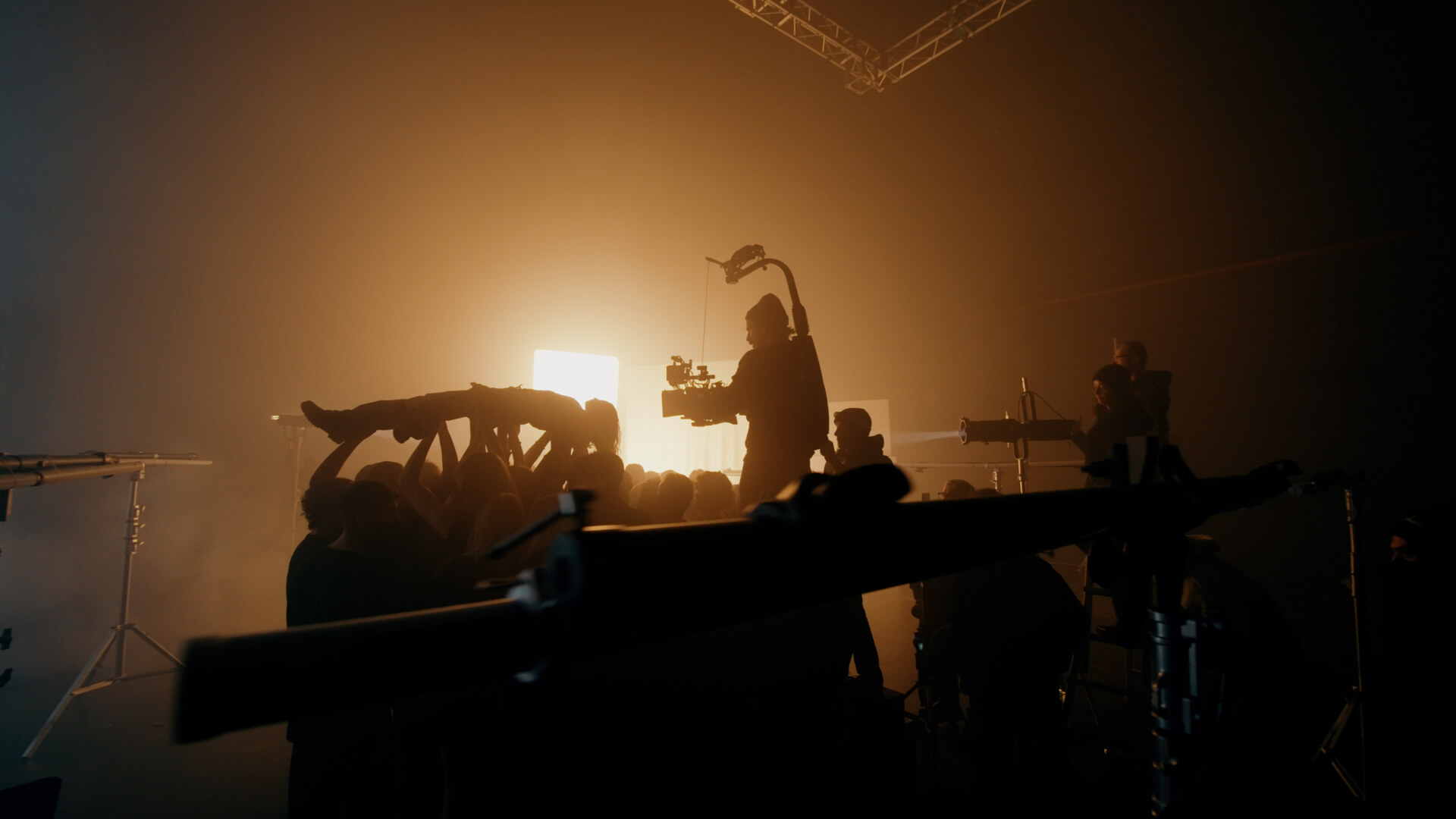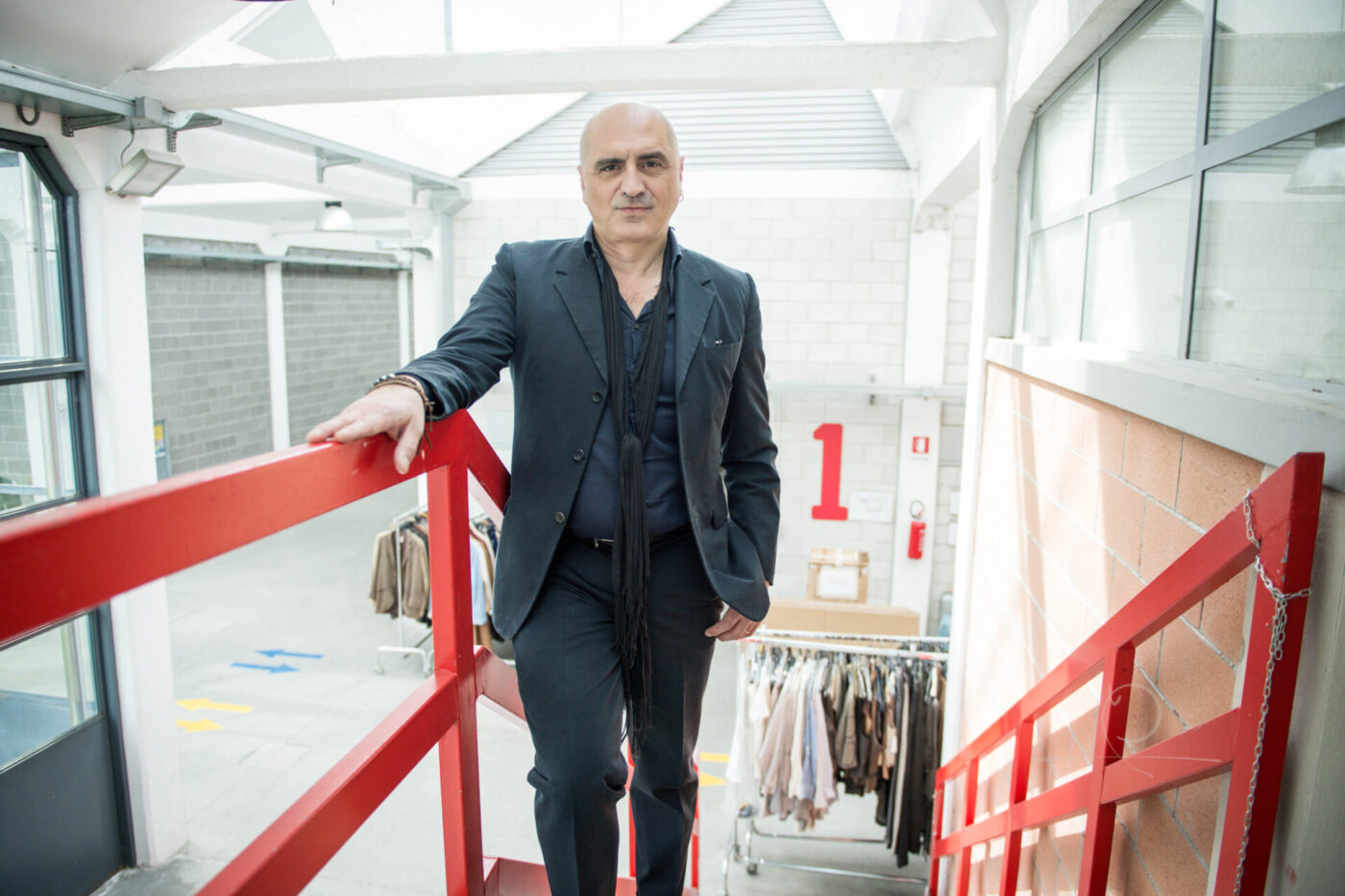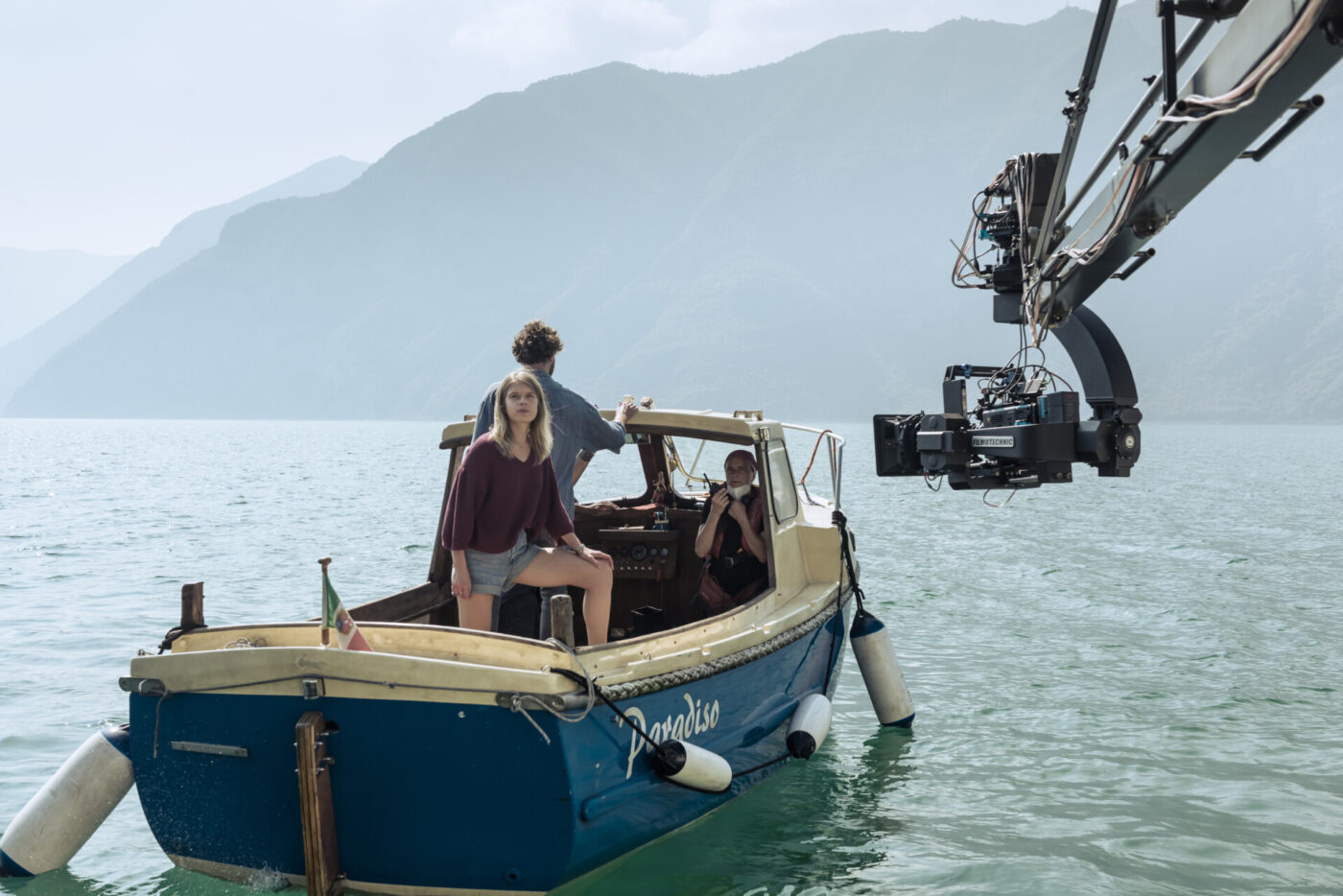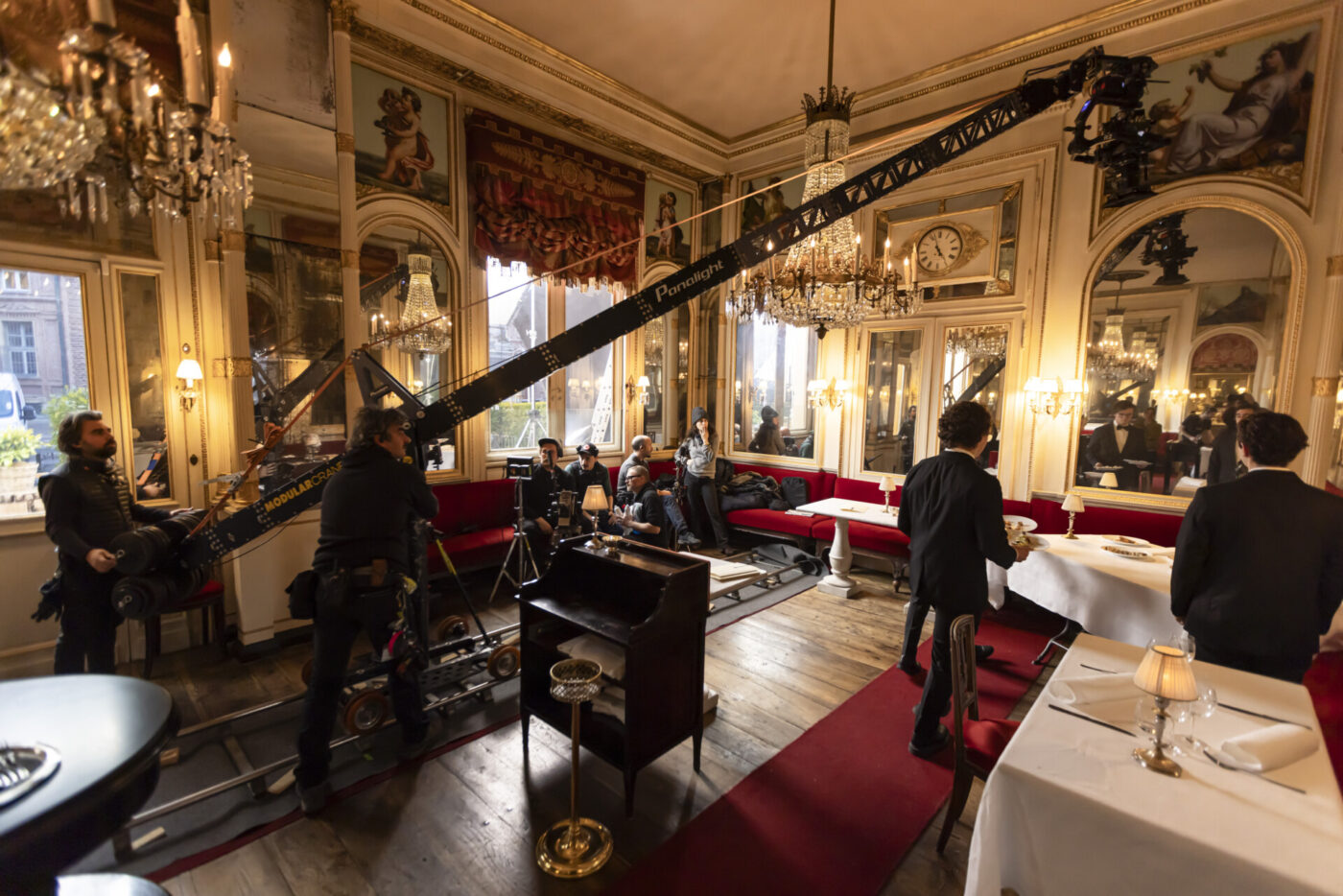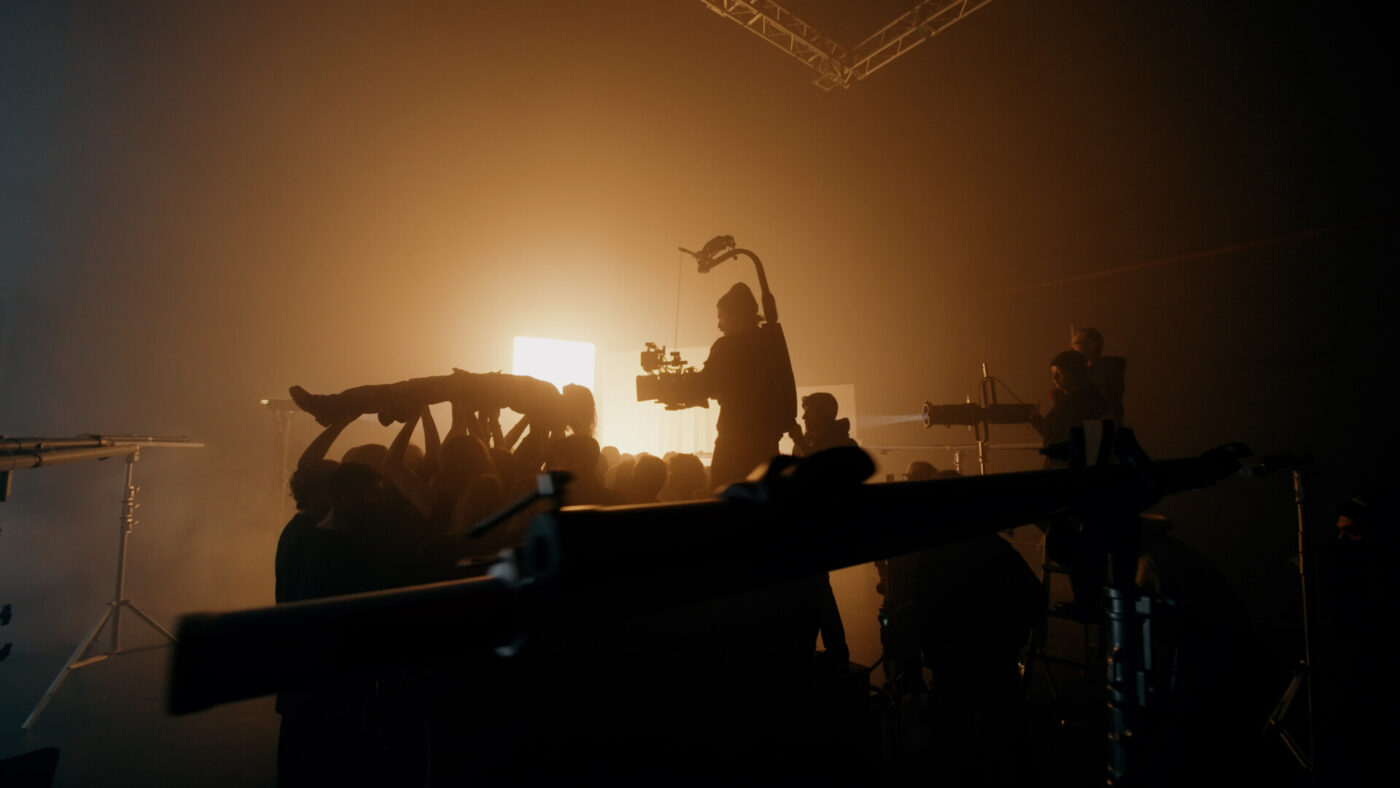A car speeds into Rome’s Piazza del Popolo and explodes in front of the twin churches. A gunshot rings through the air in Sarajevo, destined for Archduke Franz Ferdinand in the assassination attempt that starts the Great War. An elaborately dressed Marie Antoinette anxiously awaits her fate inside a gloomy Parisian castle.
Cut.
These three blockbuster movies–Fast X (2023), The King’s Man (2021), and Le Déluge (The Flood, 2024), respectively–share one thing: their major filming location. Though movie magic might have momentarily transported you to Rome, Sarajevo, and Paris, you’ve secretly been in Turin the whole time.
If you keep your eyes peeled, you’ll see snippets of the city in more films and series shot here over the years, from Italian productions like Dario Argento’s horror film Non Ho Sonno (Sleepless, 2001), the miniseries Elisa di Rivombrosa (2003), and Davide Ferrario’s romantic comedy Dopo Mezzanotte (After Midnight, 2004), to more renowned titles including Paolo Sorrentino’s thriller Il Divo (2008) and the HBO series L’Amica Geniale (My Brilliant Friend, 2018-2024).
Each of these high-profile film and TV productions came to Piedmont thanks to the work of the Film Commission Torino Piemonte (FCTP). The organization built upon the region’s stunning natural scenery–mountains, hills, lakes, and plains–plus its incredible network of royal residences and historic villages, presenting a whopping 1,400 locations for productions to choose from. What’s more, they’ve created an on-the-ground team of film professionals (directors, producers, designers, camera operators, etc.), production companies (there are 150 in Turin alone), actors and actresses, and more, all at the disposal of any production that wants to film here.
Their incredible work has led to 1,600 Italian and foreign productions over just 20 years (including feature films for cinema, TV series, documentaries, shorts, animation, advertising, video clips, TV broadcasts, institutional videos, and digital content), supporting local industry and creating job opportunities for those in the sector. 2023 was a record-breaking year, with a total impact on the territory of €54,410,842 from 236 productions.
Beyond the numbers, I talked with Paolo Manera, the director of the FCTP, to get an insider’s look on the beating heart of the Piedmont film industry–and the reason that Turin maintains its title as “Capital of Cinema.”
For a full behind the scenes look at Piedmont’s long cinematic history, check out this article.
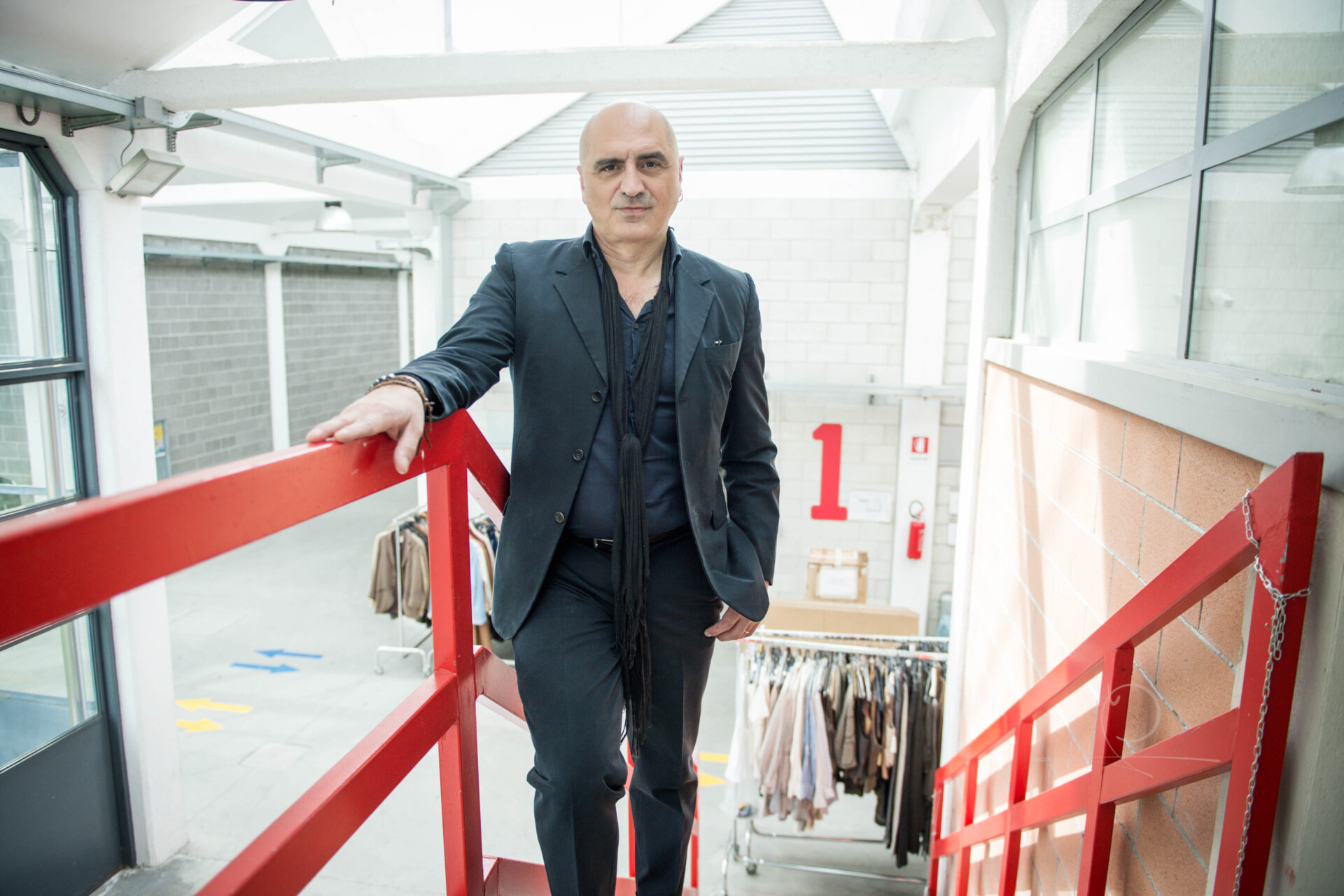
Paolo Manera
Giulia Grimaldi: What is the role of a film commission in Italy?
Paolo Manera: Around the world, film commissions are generally public and non-profit agencies that provide services and facilities for audiovisual production in a given territory. They share information, help obtain permits, facilitate access to locations, connect professionals and services in the territory, and advise on the economic benefits available in a given location.
But in Italy, the Film Commission has more roles than in other European countries; we do all of the above, plus manage economic contributions and organize events, previews, meetings, conventions, and workshops both to raise awareness for films and to offer professional training. The FCTP works more across the board for the industry, sometimes even hosting industry events [like the Torino Film Industry, in partnership with Torino Film Festival] and special screenings.
GG: The FCTP is one of the best in Italy. When did investors decide to start supporting and funding local cinema?
PM: The film commission project was born in the 1990s at a time when everyone realized that there was potential to make Turin more than just the capital of cultural cinema: at the time, there was the National Museum, the Festival, various associations, the university, and a local production that made a few documentaries, but everything was very small and disconnected; plus, Piedmont was off the main film production routes. The new idea was to have a constant presence of films and series in the city.
The foundation really came to be after a series of films had shown how a constant, unified presence could trigger a real industry here. We’ve changed and grown over these 20-some years, like when we added a documentary fund in 2007, or when we turned workshops into a staple event as Torino Film Industry in the days of the Film Festival, creating projects throughout the year to provide Piedmontese production companies with networking and business opportunities.
GG: Which realities throughout Piedmont have benefited from the decision to invest in cinema?
PM: While sometimes we only dwell on Turin, it’s good to talk about Piedmont, since our work involves 117 municipalities in all the provinces of the region. Overall, we have an economic impact of more than €50 million a year. One film brings more-or-less one million euros [to the region], a significant part of which goes to the direct professional chain: carpenters, set designers, locations, payroll, means of transport, hotels, etc. But the great thing about filming on location is that the crew creates a small city within the city, as if a new “neighborhood” is formed, with offices, a parlor, craft workshops, clothing shops, and garages.
The arrival of any production–a film, a commercial, a video clip–means setting a territory in motion. When filming ends, those who live in those places often watch the production with great emotion; experiencing something, even if by osmosis, together with craftsmen and technicians forms a special bond.
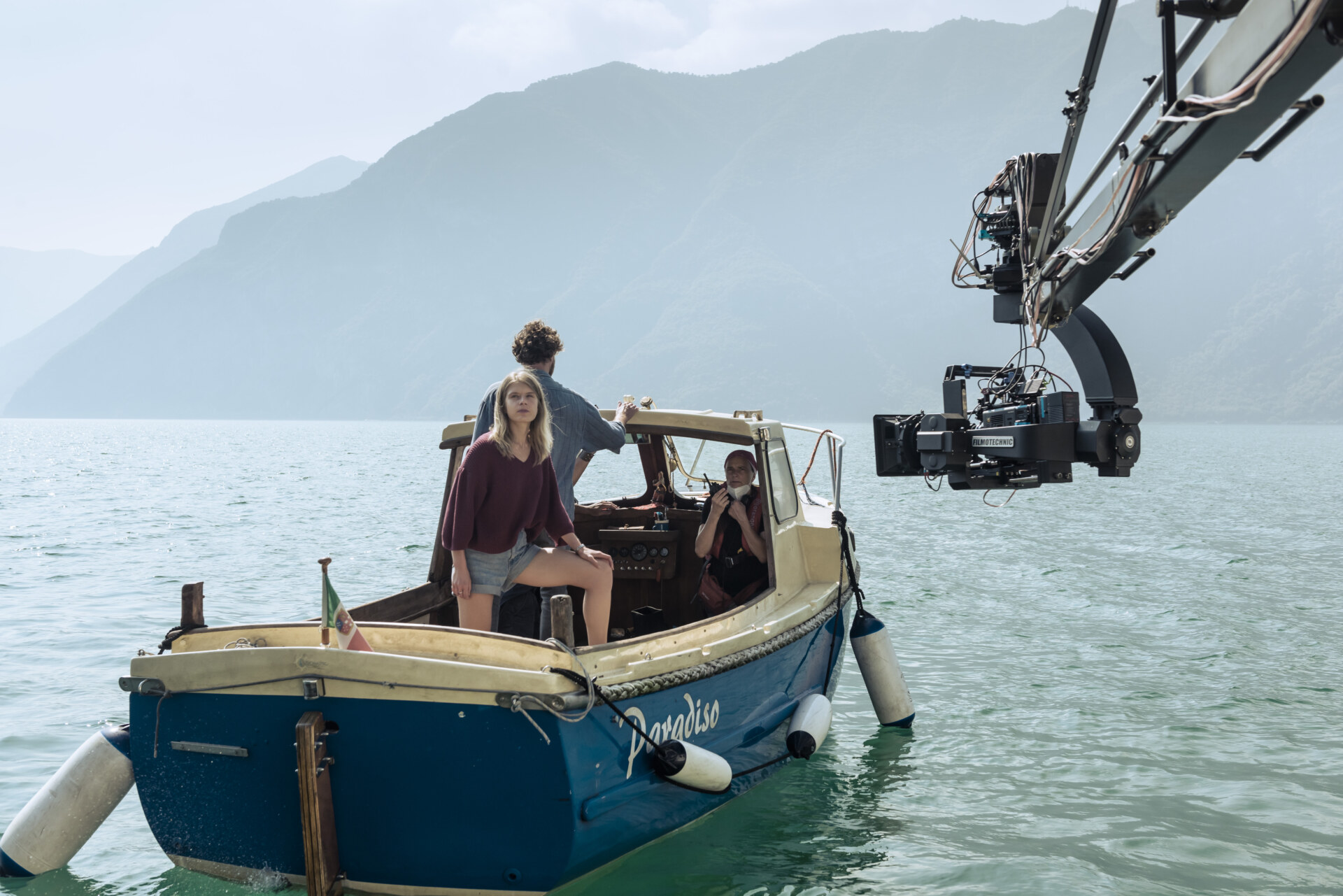
BTS shooting on Lake Orta; Photo Courtesy of the Film Commission Torino Piemonte
GG: Do you think a city has to choose between investing in art or investing in tourism, or do the two go together?
PM: They go together, but it’s important to be fully aware of what is cinema and what is tourism. Cinema produces shifts in imagery that can generate tourism, but there should be no false expectations: all stakeholders would like the territory to be portrayed in a single, easily recognizable, postcard image, but this hardly ever happens in a film. We got lucky with La legge di Lidia Poët (The Law According to Lidia Poët, 2023). This hugely international success featured Turin as a protagonist, showing the city in all its magnificence, but we couldn’t have planned that in advance.
Plus, we often have important films through which Turin transforms into another location, as in Fast X (2023); the scenes are said to take place in Rome [remember that car explosion? It was actually in Turin’s Piazza IV Marzo, which also features twin churches]. In The Count of Montecristo (2024), which is about to be released, the comune of Venaria becomes a bit of Rome and a bit of Paris. But it’s equally relevant to have the production here, because Turin is still recognizable to those who know the city.
Tourism, then, must be able to work on the real locations of the film.
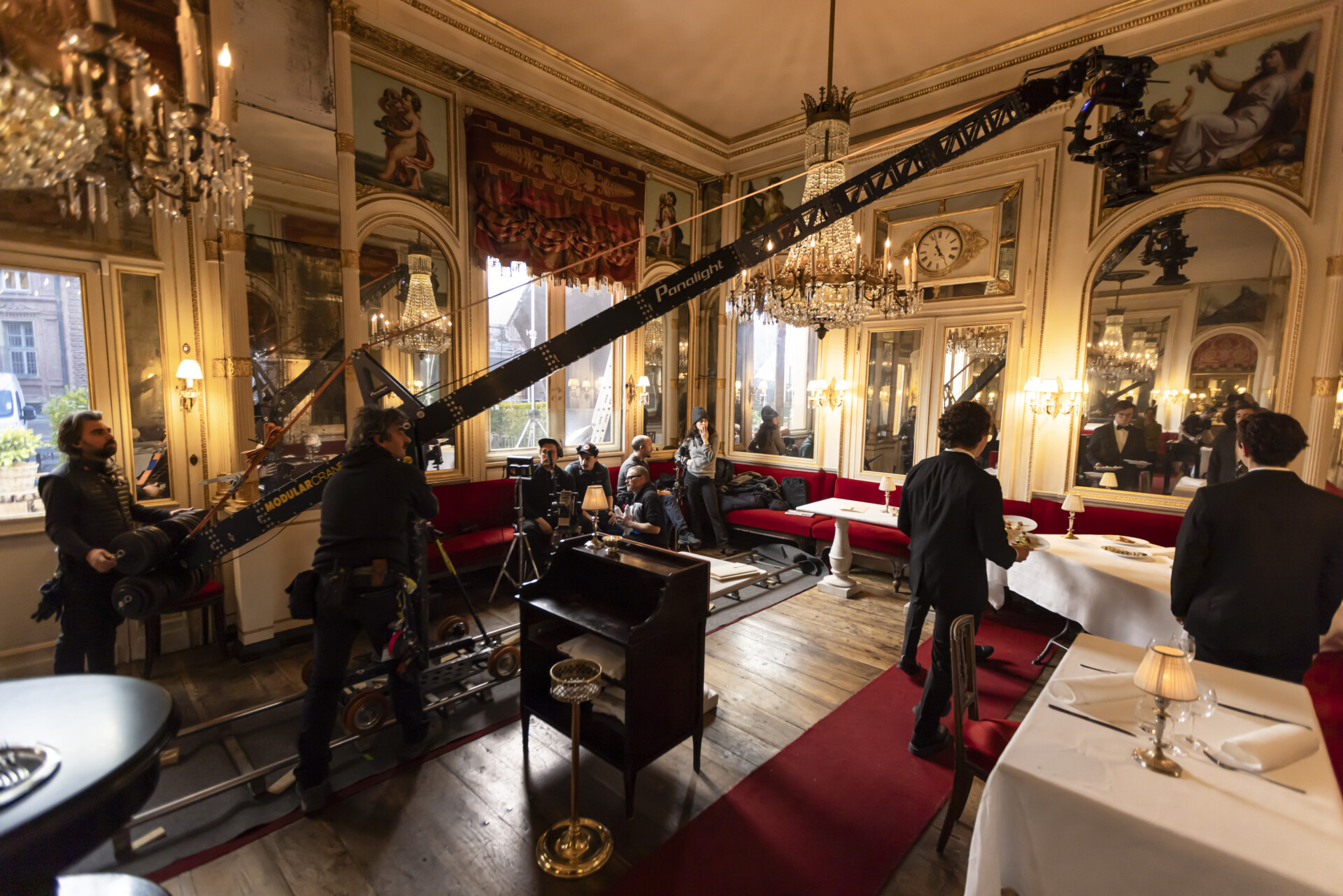
Backstage of Blocco 181 © Marco Piovanotto ©2023 Sky Studios Limited – Sky Italia S.r.l.– Red Joint S.r.l. – Tapelessfilm Service S.r.l.
GG: Why do you think Piedmont is a suitable place to make films?
PM: Because it really has always been a land of cinema. It’s no coincidence that the Cinema Museum is here, preserving the great tradition in soul and in history, starting with silent films.
And, thanks to the historical stratification and the city’s former role as royal capital, the stunning location system all over the region has unparalleled old quarters, where the work of the superintendency has preserved villages and towns in a unique way. Nineteenth-century London can now be filmed here, which is surprisingly preferable since it’s much harder to do so in actual London.
But beyond the locations, we have a large number of qualified personnel, and boast specialists in post-production and special effects–the only ones in Italy besides Rome. A producer can come here with nothing but a suitcase and put an entire crew together. The unwritten law of cinema is that you go where there are wow locations, excellent logistics, skilled professionals, a functioning funding system, and someone you can trust completely (in other words, someone who assures you that a location is available and then actually makes it so). With its network of public and private entities, the FCTP is the reason why filmmakers continue to come to Piedmont.
GG: What are some of the most popular locations for filming in Piedmont?
PM: The most popular are all the royal palaces of 18th and 19th century Turin, where Le Déluge (The Flood, 2024) by Gianluca Jodice was recently filmed. Also, the post-industrial locations left over from the great factories of the 20th century are popular locations, whether they’ve been reconverted or not, such as the Officine Grandi Riparazioni (once a maintenance space for railway carriages) and Parco Dora (you can get a good feel of it by watching the Netflix series Guida astrologica per cuori infranti [An astrological guide for broken hearts, 2021]). The lake area in Novara with Lake Orta and Verbano-Cuso-Ossola with Lake Maggiore are two other famed spots.
This interview has been translated from Italian and edited for clarity and brevity.
